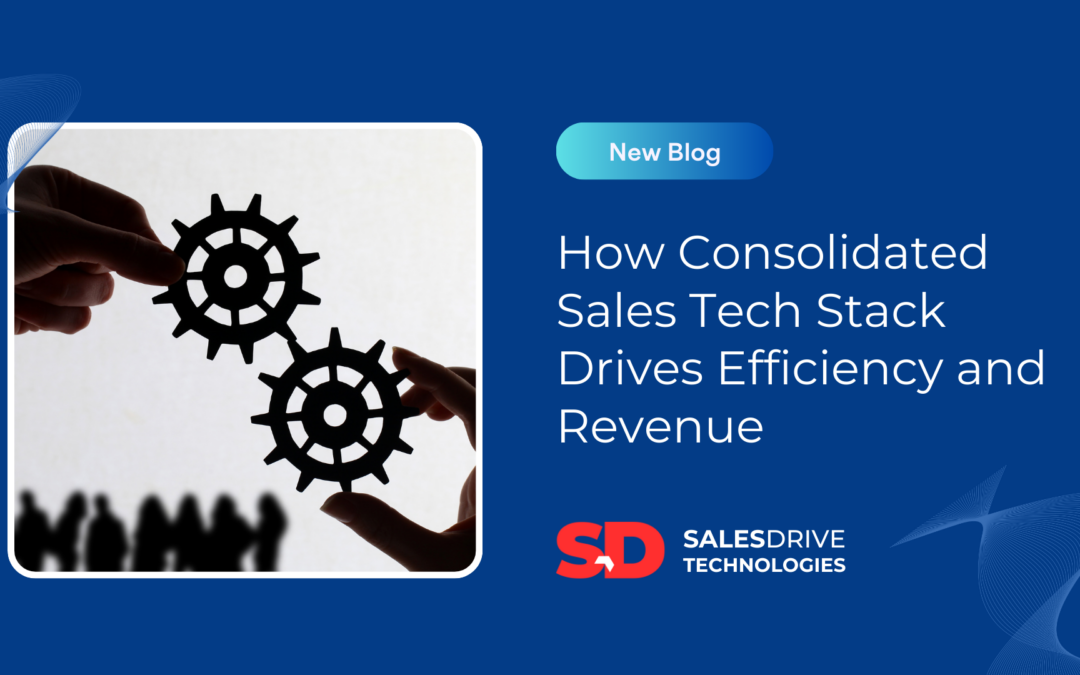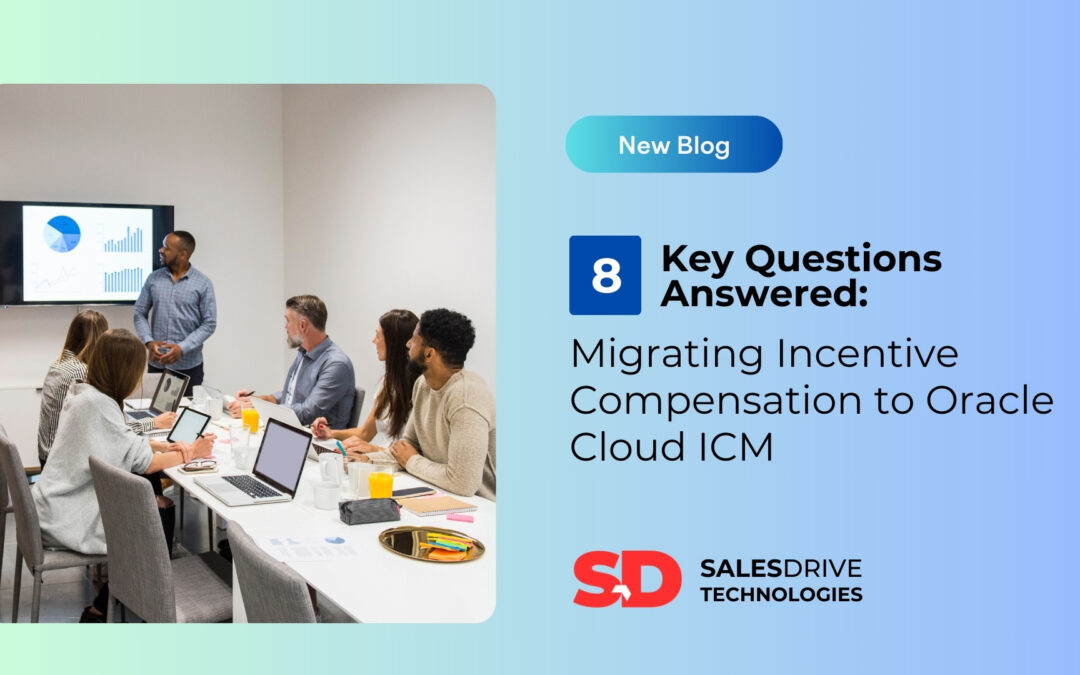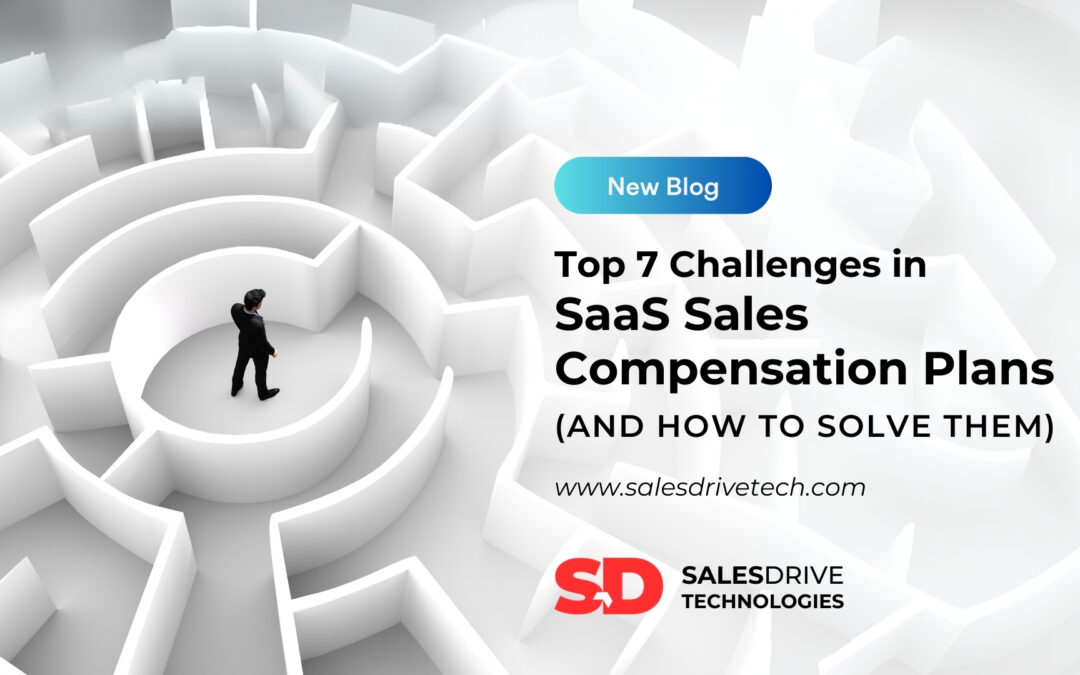Introduction
Organizations often find themselves grappling with budget constraints, particularly in operational programs that are integral to sustained success. Sales Performance Management (SPM), a critical facet of organizational strategy, is no exception. In this blog, we delve into the challenges posed by budget reductions in SPM and explore a strategic approach to overcome these limitations.
Many organizations are currently contending with the reality of tightened budgets in operational programs. For SPM, this presents a unique challenge, requiring innovative solutions to ensure progress is made despite limited resources.
Coaching and Planning Support
For an Organization implementing a new Sales Performance Management (SPM) , seeks coaching and planning support to navigate the integration process.
The primary focus is to work closely with clients and assist in discerning key priorities, align them with available resources, and develop a strategic plan for maximum efficiency.
Stakeholder Interviews
Conducting stakeholder interviews across various organizational groups is a pivotal step. This involves engaging with human resources, IT, legal, sales operations, sales leadership, and executive teams.
The aim is to identify overlapping needs and wants, ensuring that each group feels heard.
Quantifying Impact
Following stakeholder interviews, the next crucial step is to quantify the impact. This involves assessing factors such as risk reduction, number of beneficiaries, and anticipated cost savings.
For example, post stakeholder interviews, a detailed analysis reveals that implementing the SPM system will reduce sales-related risks by 20%, benefit 500 sales representatives, and lead to anticipated cost savings of $1 million.
A visual heatmap rating system is then used to represent these impactful metrics.
The Heatmap Approach
A heatmap is a visual representation of data where values in a matrix are represented as colors
A heatmap is used to simplify the identification of areas needing immediate attention in the Sales Performance Management (SPM) process. By employing a visual representation, often in the form of a color-coded matrix, the heatmap provides a holistic and intuitive view of the organization’s priorities or challenges. This aids in the development of a prioritized roadmap for addressing key issues in a strategic and efficient manner.
Roadmap Development
Guided by the heatmap results, the next step is translating categories and items into a prioritized roadmap.
The organization develops a roadmap prioritizing areas such as risk reduction, beneficiary impact, and cost savings. This roadmap serves as a strategic guide, outlining achievable milestones and target timeframes for the successful implementation of the SPM system.
Aligning Expectations
The roadmap serves as a communication tool to the stakeholders, ensuring alignment on expectations regarding changes, updates, and deliveries based on available resources. It provides clarity to stakeholder groups when their specific priorities will be addressed within the SPM implementation process.
Parameters for Roadmap Development
In cases where a full inventory of stakeholder interviews is not feasible, parameters shape a prioritized roadmap. Focus areas include pay-impacting elements, basic reporting, administrative time reduction, and addressing leadership-level reporting.This pragmatic approach ensures focus on critical aspects despite resource constraints.
Focus on Pay Impacting Elements
The organization prioritizes the integration of elements that impact pay accuracy within the SPM system. This includes ensuring that sales representatives receive accurate compensation, thereby establishing a foundational element for the program’s success.
Importance of Basic Reporting
Implementing basic reporting functionalities in the SPM system enhances transparency, providing stakeholders with visibility into how variable pay is calculated. This not only instills confidence in compensation accuracy but also streamlines administrative processes.
Reducing Administrative Time
An application-based approach is adopted within the SPM system to reduce administrative time. This facilitates efficient workflow management, enabling administrators to focus on high-level analysis and respond promptly to reporting requests.
Administrative and Leadership Level Reporting
The SPM system emphasizes providing detailed administrative and leadership-level reporting. Senior leaders gain transparency into sales team performance and compensation plans, while operational teams can effectively address questions related to foundational elements.
Setting Internal Expectations
Before taking action, it is crucial to set internal expectations regarding which aspects of the SPM program will be addressed. This ensures alignment and awareness before initiating the work based on the prioritized roadmap and heatmap.
Conclusion
Ultimately, the key to achieving progress with limited resources lies in setting clear internal expectations. Once alignment is established and awareness of the roadmap permeates the organization, the groundwork for sustainable progress can begin.




